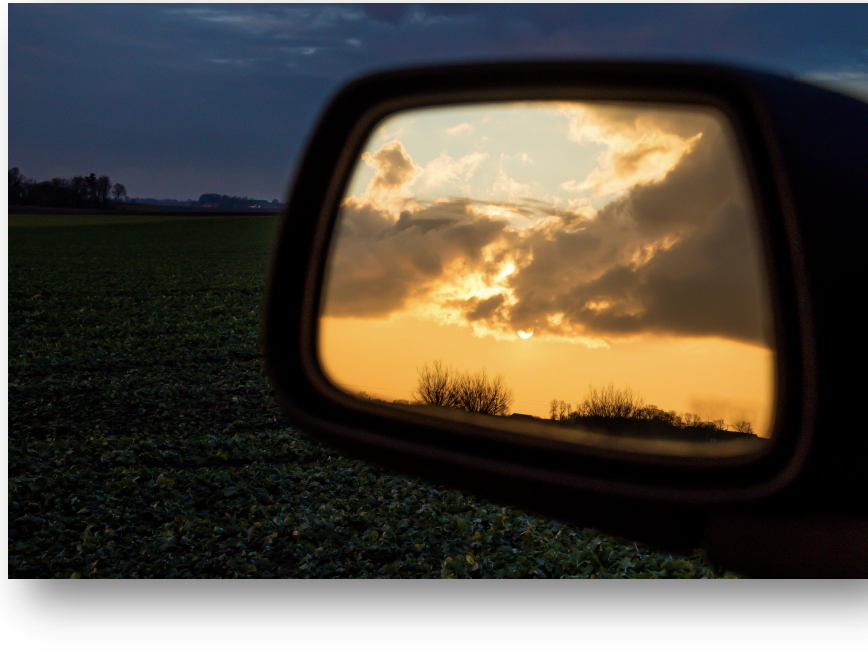What My Childhood Tastes Like47
To practice reflection, try this activity writing about something very important—food.
First, spend five minutes making a list of every food or drink you remember from childhood. Mine looks like this:
- Plain cheese quesadillas, made by my mom in the miniscule kitchenette of our one-bedroom apartment
- “Chicken”-flavored ramen noodles, at home alone after school
- Cayenne pepper cherry Jell-O at my grandparents’ house
- Wheat toast slathered in peanut butter before school - Lime and orange freezy-pops
- My stepdad’s meatloaf—ironically, the only meatloaf I’ve ever liked
- Cookie Crisp cereal (“It’s cookies—for breakfast!”)
- Macintosh apples and creamy Skippy peanut butter
- Tostitos Hint of Lime chips and salsa
- Love Apple Stew that only my grandma can make right
- Caramel brownies, by my grandma who can’t bake anymore
Then, identify one of those foods that holds a special place in your memory. Spend another five minutes free-writing about the memories you have surrounding that food. What makes it so special? What relationships are represented by that food? What life circumstances? What does it represent about you? Here’s my model; I started out with my first list item, but then digressed—you too should feel free to let your reflective writing guide you.
My mom became a gourmet with only the most basic ingredients. We lived bare bones in a one-bedroom apartment in the outskirts of Denver; for whatever selfless reason, she gave four-year-old the bedroom and she took a futon in the living room. She would cook for me after caring for other mothers’ four-year-olds all day long: usually plain cheese quesadillas (never any sort of add-ons, meats, or veggies—besides my abundant use of store-brand ketchup) or scrambled eggs (again, with puddles of ketchup).
When I was 6, my dad eventually used ketchup as a rationale for my second stepmom: “Shane, look! Judy likes ketchup on her eggs too!” But it was my mom I remembered cooking for me every night—not Judy, and certainly not my father.
“I don’t like that anymore. I like barbecue sauce on my eggs.”
Reflection as a Rhetorical Gesture
Although reflection isn’t necessarily its own rhetorical mode, it certainly is a posture that you can apply to any mode of writing. I picture it as a pivot, perhaps off to the left somewhere, that opens up the diegetic gap and allows me to think through the impact of an experience. As mentioned earlier, this gesture can be represented by the phrase “When I look back now, I realize that…” To practice this pivot, try this exercise.
3) Over five minutes, write a description of the person who taught you to tie your shoes, ride a bike, or some other life skill. You may tell the story of learning this skill if you want, but it is not necessary. (See characterization for more on describing people.)
4) Write the phrase “When I look back now, I realize that.”
5) Complete the sentence and proceed with reflective writing for another five minutes. What does your reflection reveal about that person that the narrative doesn’t showcase? Why? How might you integrate this “wrap-up” into a “weave”?

"Looking Back" by Susanne Nilsson is licensed under CC BY-SA 2.0
End-of-Episode Voice-Overs: Reflection in Television Shows
In addition to written rhetoric, reflection is also a tool used to provide closure in many television shows: writers use voiceovers in these shows in an attempt to neatly tie up separate narrative threads for the audience, or to provide reflective insight on what the audience just watched for added gravity or relevance for their lives. Often a show will use a voiceover toward the end of the episode to provide (or try to provide) a satisfying dénouement.
To unpack this trope, watch an episode of one of the following TV shows (available on Netflix or Hulu at the time of this writing) and write a paragraph in response to the questions below:
- Scrubs48
- Grey’s Anatomy
- The Wonder Years
- How I Met Your Mother
- Ally McBeal
- Jane the Virgin
- Sex and the City
What individual stories were told in the episode? How was each story related to the others?
- Is there a common lesson at all the characters learned?
- At what point(s) does the voiceover use the gesture of reflection? Does it seem genuine? Forced? Satisfying? Frustrating?




